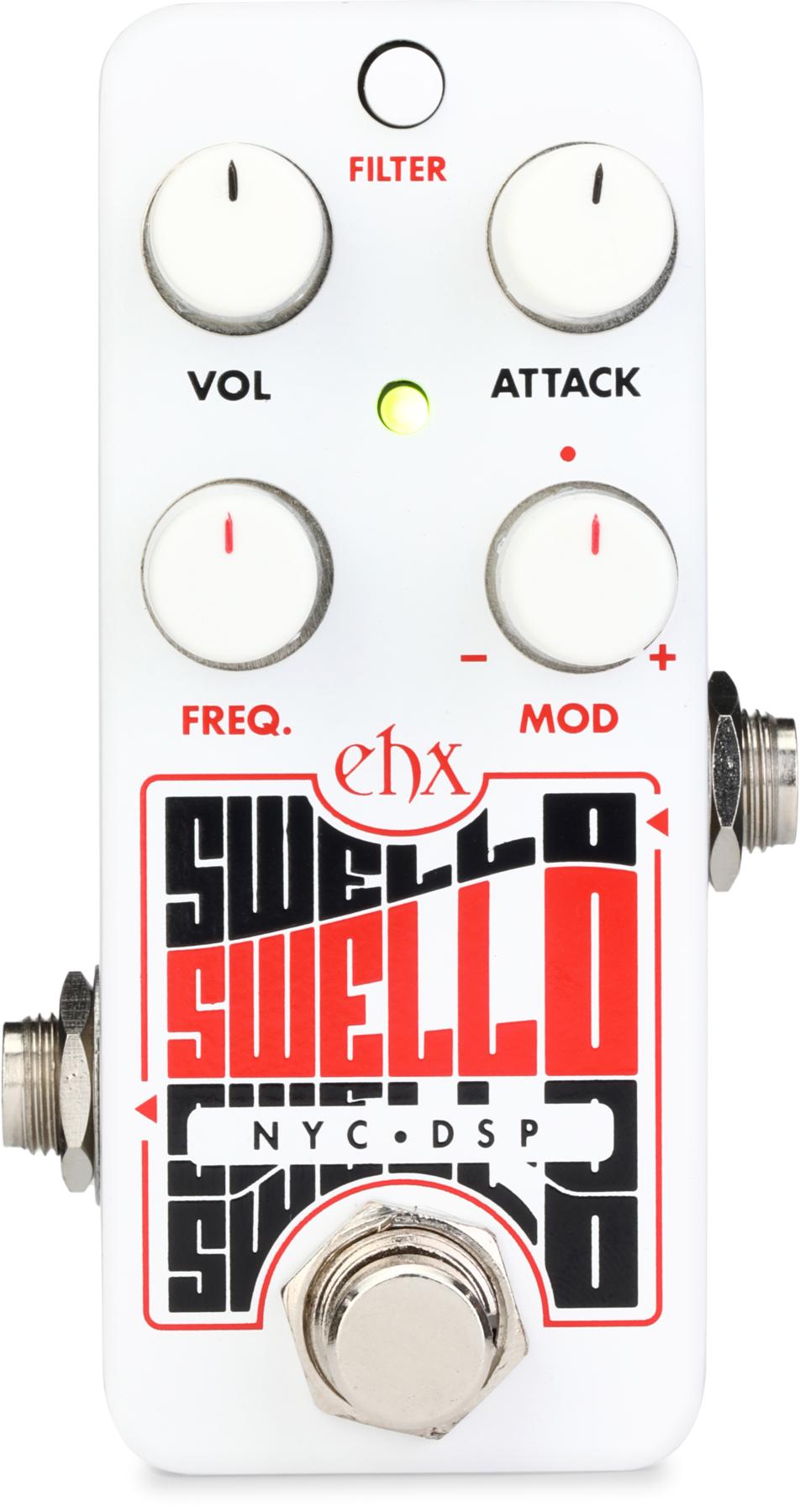Premier Guitar's Jason Shadrick is on location in Nashville, Tennessee, where he visits the Zexcoil booth to check out their SV5 S-Style Hum-Canceling Pickups.
Summer NAMM '13 - Zexcoil SV5 S-Style Hum-Canceling Pickups
Check out Zexcoil's SV5 S-Style Hum-Canceling Pickups
By Jason ShadrickJul 16, 2013
Jason Shadrick
Since attending a Dave Matthews Band concert as a teenager, Jason has been into all things guitar. An Iowa native, Jason has degrees in Music Business from Minnesota State-Mankato and Jazz Pedagogy from the University of Northern Iowa. Since then, he has spent time doing everything from promotion at an indie music label to organizing guitar workshops all over the country. Currently, Jason lives with his wife, son, and daughter in Cedar Rapids, Iowa.


















